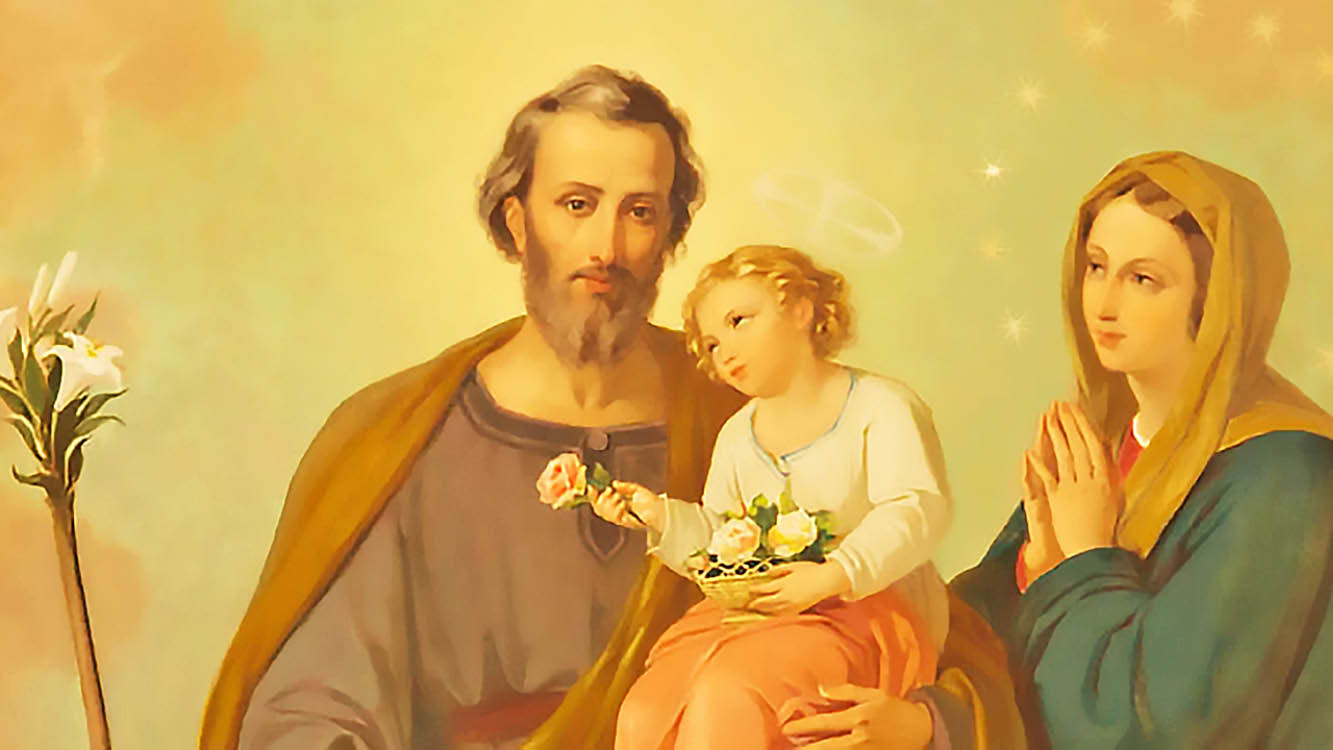Reflection on the Gospel of the Friday In The Second Week Of Easter |
John 6: 1-15 |
This event of the ‘multiplication of the Loaves’ took place in Galilee where Jesus miraculously fed the 5000 with five barley loaves and two fishes. In the Gospel of John there is no teaching before the multiplication of the loaves. Jesus is seated on a mountain (reminiscent of Sinai) waiting for the people and brings up the question of providing food for them himself. The introduction of Philip and Andrew as characters in the scene is typical to John. Only John mentions a young boy and barley loaves. The miracle revealed Jesus’ messianic power to the multitudes. When the crowds see the ‘sign’ that Jesus has done, they begin to proclaim him as the Messiah,’ the prophet who is to come into the world’. The crowds want to make him king so that they will have an unending supply of bread. But Jesus is not only God’s instrument (like Moses) in providing bread to sustain the life of his people, but he himself is sent by God as the life-giving bread who gives his life for the world. The miracle of the loaves and fish anticipates what Jesus will do at the next Passover, when he will celebrate his last supper with his disciples and offer his life for their salvation.
The multiplication of the loaves is the only miracle, besides the Resurrection, that is recorded in all the four Gospels. The two food miracles in the Gospel of John involve bread (6:1-14) and wine at Cana (2:1-11), Together they anticipate the Eucharistic liturgy, where Jesus gives himself as food under the visible signs of bread and wine. The feeding of the multitude is a sign of the truth – that Jesus is the Bread of Life. He nourishes us through his word and through his body and blood.
Lord Jesus, you are truly the Bread of Life who came down from heaven. As we partake of your body and blood daily in the Holy Eucharist make us more and more like you.




